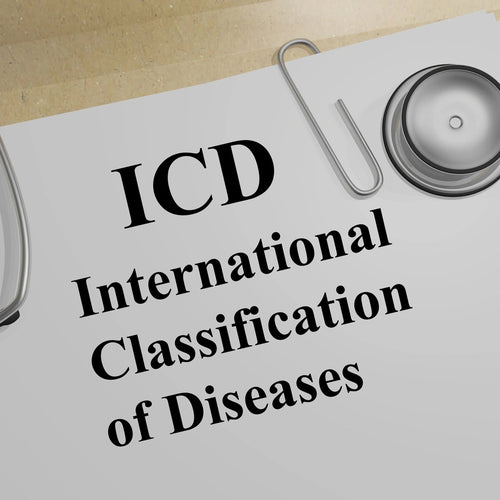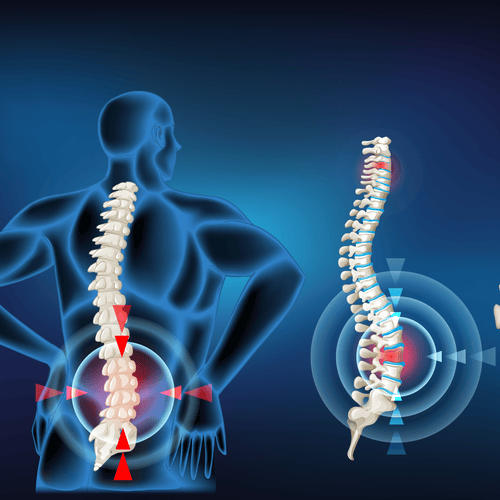Acupuncturists often face patients with chronic pain who arrive with certain myths about what acupuncture can do. To help our patients make the most of their treatment, it’s crucial to address these misconceptions head-on.
Myth #1: Acupuncture Provides Instant Relief
A common belief is that acupuncture offers immediate pain relief. While some acute cases may see quick results, chronic pain often requires ongoing treatment. Acupuncture works cumulatively, stimulating the body’s natural healing response over time. For lasting relief, consistent sessions—typically once or twice a week for several weeks—are essential.
Myth #2: Acupuncture is One-Size-Fits-All
Patients may think that acupuncture follows a standardized approach, with universal points for all types of pain. This couldn’t be further from the truth. Effective acupuncture is highly individualized, tailored to each patient’s specific symptoms, health history, and pain triggers. By explaining this, acupuncturists can help patients understand that their treatment is uniquely designed to meet their needs.
Myth #3: Acupuncture Just Masks Pain Temporarily
Another misconception is that acupuncture only provides short-term relief. In reality, acupuncture goes beyond symptom management by improving circulation, reducing inflammation, and promoting nervous system balance. Over time, it addresses underlying imbalances, contributing to long-term pain relief and improved health.
What Really Works for Effective Pain Relief in Acupuncture
For chronic pain management, acupuncture offers powerful benefits, but it’s most effective when viewed as part of a comprehensive, holistic treatment approach. Patients with chronic pain need more than occasional sessions; they require a strategy that addresses both immediate symptoms and underlying causes. Here’s what really works:
1. Consistency in Treatment
Chronic pain doesn’t develop overnight, and neither does long-term relief. Acupuncture’s effects are cumulative, meaning that each session builds upon the last. For conditions like arthritis, fibromyalgia, or chronic back pain, patients typically benefit from regular sessions—often weekly or biweekly over an extended period. By explaining the need for consistency, acupuncturists can help patients understand that this isn’t a quick fix, but a steady, progressive journey to wellness.
2. Personalized Treatment Plans
Effective acupuncture is never one-size-fits-all. Each patient presents unique symptoms, pain triggers, and health histories, so individualized treatment is key. Acupuncturists can use a variety of techniques and approaches, such as Traditional Chinese Medicine (TCM) acupuncture, trigger point acupuncture, and electroacupuncture, tailoring each session to the patient’s specific needs. This customization is crucial for targeting both the symptoms and underlying causes of pain, whether they stem from inflammation, tension, or nerve sensitivity.
3. Incorporating Lifestyle Changes
To maximize the benefits of acupuncture, patients should adopt supportive lifestyle changes. A holistic pain management plan can include dietary modifications, stress reduction techniques, regular physical activity, and adequate sleep. These changes complement acupuncture by reducing inflammation, improving circulation, and promoting mental and physical resilience. Educating patients on the impact of diet and lifestyle habits reinforces the idea that acupuncture is part of a broader wellness strategy.
4. Integrating Mind-Body Practices
Pain is often intensified by stress, anxiety, and emotional tension. Acupuncturists can encourage patients to integrate mind-body practices such as meditation, deep breathing exercises, and gentle yoga into their routines. These practices, combined with acupuncture, help regulate the nervous system, decrease stress hormones, and enhance relaxation, contributing to a more comprehensive approach to chronic pain relief.
By combining consistent treatment, individualized care, lifestyle adjustments, and mind-body practices, acupuncture can be a powerful tool in managing chronic pain, delivering not only symptom relief but also improved overall health and well-being.



















